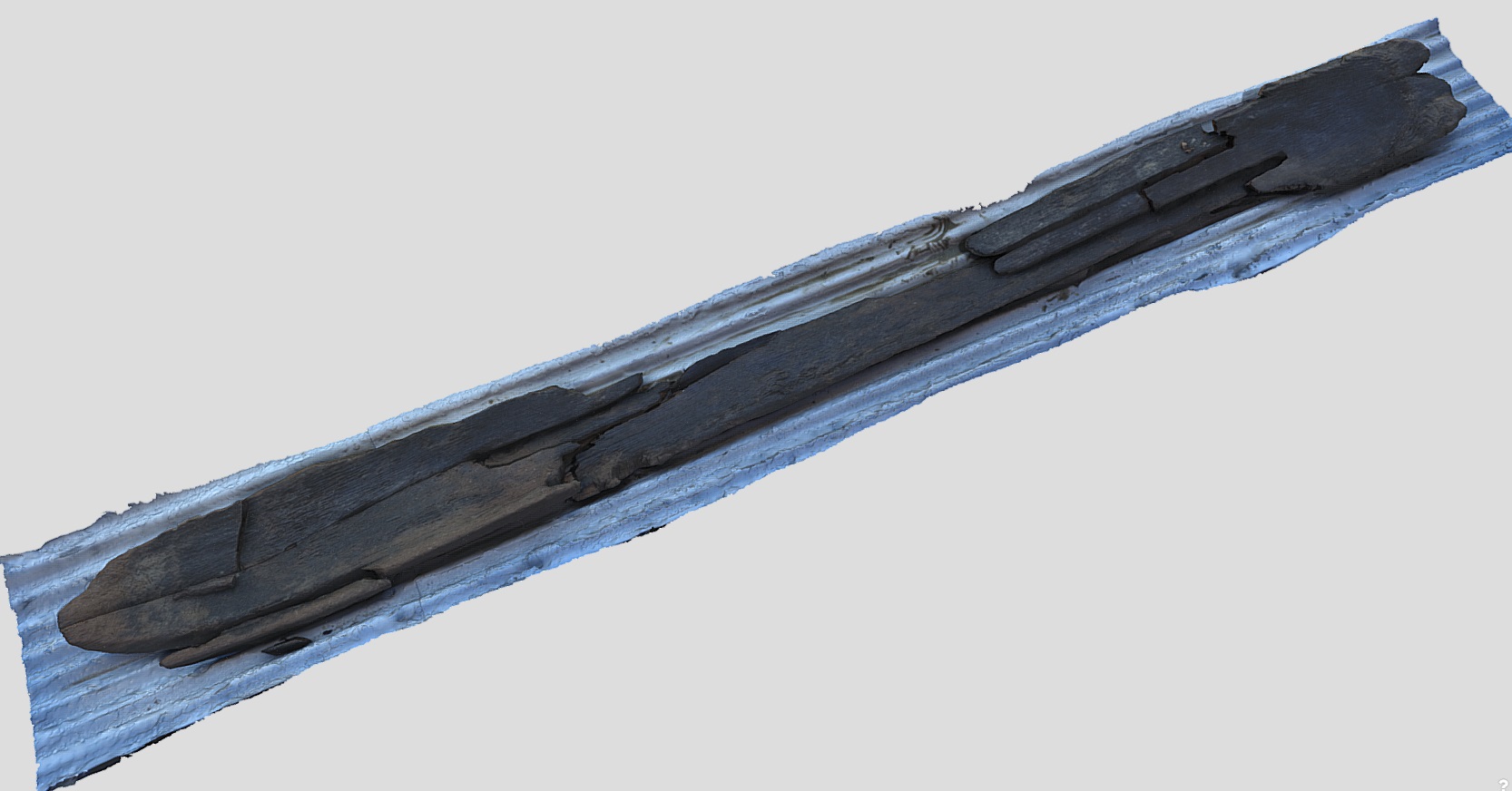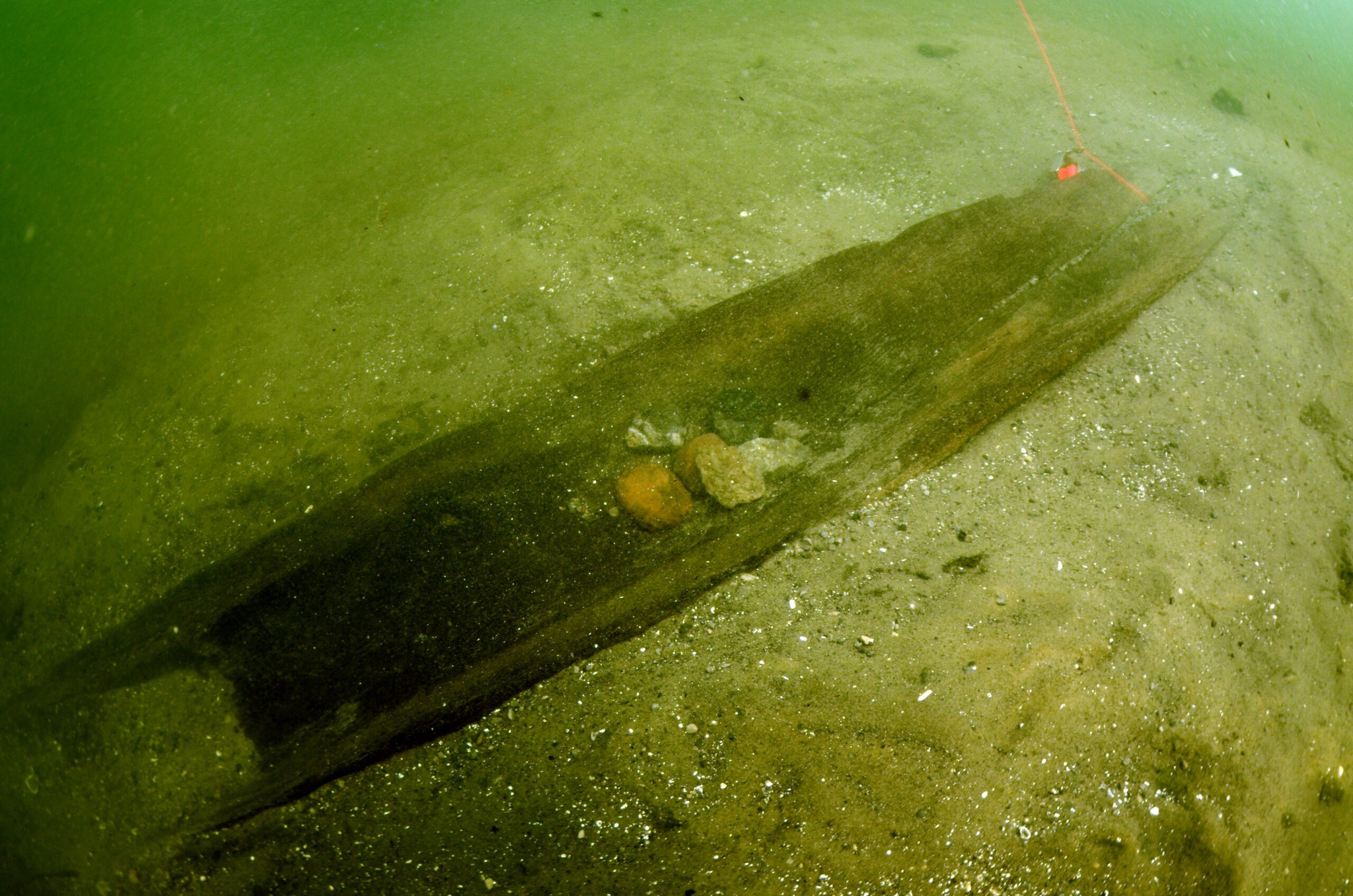The discovery of numerous dugout canoes in Wisconsin’s waterways reveals a fascinating glimpse into the lives and practices of the region’s Indigenous inhabitants, highlighting their ingenuity and connection to the land.
A Submerged Legacy: Unearthing Ancient Watercraft
The prevalence of dugout canoe discoveries in Wisconsin’s shallow lakes, marshes, and rivers underscores the importance of these waterways to the region’s Indigenous peoples.

Canoes in Context: Caching and Preservation
- The fact that three-quarters of Wisconsin’s 114 known dugout canoes were found in shallow waters points to a deliberate practice of “caching,” or purposefully sinking them for storage.
- This practice served a dual purpose: protecting the canoes from ice damage during winter and preventing them from drying out when not in use.
- The discovery of many canoes by cottage owners and sportsmen highlights the role of chance encounters in uncovering these historical artifacts.
A Recent Revelation: Ancient Canoes in Lake Mendota

Photo credit: Tamara Thomsen, Wisconsin Historical Society
- The Wisconsin Historical Society’s announcement in May 2024 of up to 11 canoes discovered in Lake Mendota, dating back 4,500 years, adds to the growing body of evidence regarding ancient canoe use.
- Archaeologists believe these canoes were submerged near an ancient shoreline, suggesting a strategic location for travel and trade.
- This discovery provides valuable insights into the transportation practices and settlement patterns of Indigenous peoples in the region.
An Intermodal Hub: Ancient Parking Practices
- The theory that these canoes were submerged near an ancient shoreline, possibly as part of an intermodal transportation hub, offers a compelling analogy to modern-day parking practices.
- Similar to parking a car at an airport today, Indigenous travelers likely stored their canoes here before continuing their journey overland.
- This interpretation highlights the sophisticated understanding of transportation logistics possessed by these ancient communities.
Ethnohistorical Insights: Ho-Chunk and Other Tribes

- Ethnohistorical accounts suggest that the Ho-Chunk and other tribes in Eastern North America regularly sank their dugout canoes with rocks or sediment to preserve them.
- This practice demonstrates a deep understanding of the properties of wood and the environmental conditions that could affect its preservation.
- These accounts provide valuable context for understanding the archaeological findings and the cultural practices of the region’s Indigenous peoples.
A Call for Discovery: Exploring Wisconsin’s Waterways
- The encouragement to keep an eye out for ancient canoes while paddling Wisconsin’s waterways this spring highlights the potential for further discoveries.
- The possibility of spotting the outline of an ancient canoe beneath the surface underscores the rich history hidden beneath the region’s waters.
- This call to exploration encourages a deeper connection with the land and its history, inviting both residents and visitors to participate in the ongoing process of discovery.
A Legacy of Water Travel: Connecting Past and Present
The discovery of these dugout canoes serves as a powerful reminder of the enduring connection between Indigenous peoples and Wisconsin’s waterways.
Ancient Ingenuity: Adapting to the Environment
- The use of dugout canoes, and the practice of caching them for preservation, demonstrates the ingenuity of Indigenous peoples in adapting to their environment.
- These watercraft allowed for efficient travel and trade, facilitating communication and connection between communities.
- The discovery of these canoes underscores the importance of understanding the technological innovations and cultural practices of ancient peoples.
A Historical Tapestry: Weaving Together Past and Future

- The ongoing discoveries of ancient canoes in Wisconsin’s waterways contribute to a richer understanding of the region’s history and cultural heritage.
- These artifacts serve as tangible connections to the past, reminding us of the enduring legacy of Indigenous peoples in shaping the landscape.
- The invitation to explore and discover encourages a sense of stewardship and responsibility for preserving this valuable history.
An Enduring Connection: Waterways and Culture
- The discovery and preservation of these dugout canoes highlight the enduring connection between Indigenous peoples and Wisconsin’s waterways.
- These waterways continue to be vital to the region’s culture and economy, reflecting the enduring legacy of ancient travel and trade.
- The ongoing exploration and discovery of these artifacts serve as a reminder of the rich history and cultural significance of Wisconsin’s waters.
Conclusion:
The submerged history of Wisconsin’s dugout canoes offers a compelling glimpse into the lives and practices of the region’s Indigenous inhabitants. These ancient watercraft, preserved through ingenious caching techniques, provide valuable insights into the transportation, trade, and cultural practices of those who shaped the landscape long before European settlement. The ongoing discoveries serve as a reminder of the rich history hidden beneath the surface of Wisconsin’s waterways, inviting us to explore and appreciate the enduring legacy of its first inhabitants.

CÁC TIN KHÁC
Mary Walton: The Forgotten Inventor Who Helped Clean Up America’s Cities
Tomb of Queen Nefertari in the Valley of the Queens, Egypt
Discover the Hypostyle Hall of the Temple of Hathor at Dendera
Venus de Losange: Unveiling the Mystery of a 20,000-Year-Old Paleolithic Icon